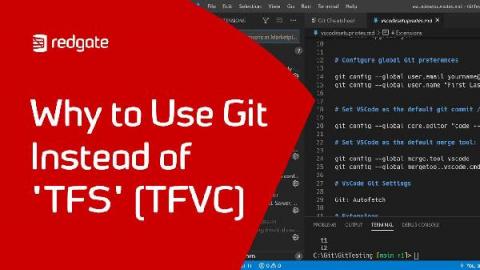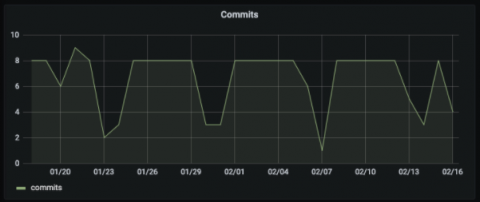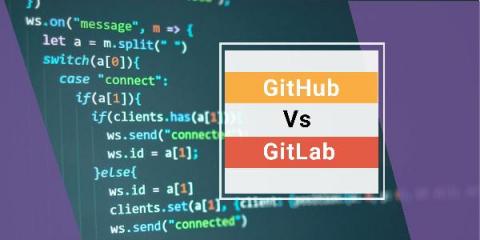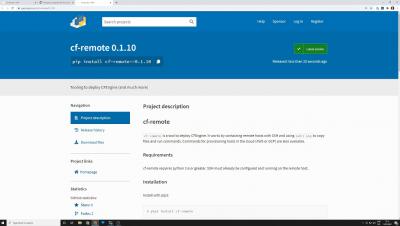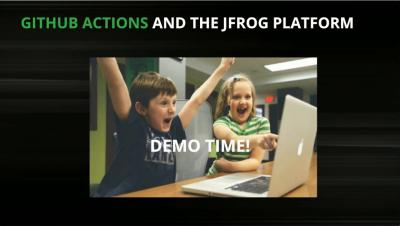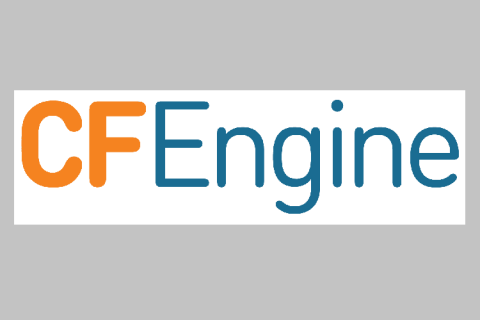Operations | Monitoring | ITSM | DevOps | Cloud
Git
Troubleshoot problems using GitLab activity data with the new plugin for Grafana
GitLab is one of the most popular web-based DevOps life-cycle tools in the world, used by millions as a Git-repository manager and for issue tracking, continuous integration, and deployment purposes. Today, we’re pleased to announce the first beta release of the GitLab data source plugin, which is intended to help users find interesting insights from their GitLab activity data.
GitHub vs GitLab
Version Control also known as Source Control, is the process of tracking and managing the changes in software. Version control software keeps track of code changes and helps development team to analyze their work, identify each change set separately, point to a change using the version number and much more. Source Control is a defacto standard right now for any development and successful deployment of your code.
GitHub vs JFrog: Who Can do the Job for DevOps?
Using GitHub Actions to publish releases to pip/pypi (Developer demo)
Effective CI/CD with Github and the JFrog Platform
Monitoring as code with Sensu Go and SensuFlow
Sensu creator and CTO Sean Porter recently wrote about “monitoring as code” and his perspectives on where the next generation of monitoring and observability workflows is headed. That post did a great job of outlining the concepts; this post will put theory into practice with SensuFlow, a new prescriptive monitoring as code workflow for Sensu Go, and its accompanying GitHub Action.
Introducing GitHub Discussions for CFEngine
We are excited to announce that CFEngine is now using GitHub Discussions. GitHub Discussions is a feature of GitHub repos, and similar to Q&A platforms like Stack Overflow, and other online forums. After testing it out for a few weeks we are pleased with how it works and want to encourage all our users to try it.
GitKraken v7.5: New Year, New Git GUI
Our New Year’s resolution is to continue to improve the legendary cross-platform GitKraken Git GUI, and we’re starting off with a bang. 🎉 We bring you, GitKraken v7.5.
How to serve policy from a local git server
Several months ago I started the practice of using CFEngine Enterprise and its Mission Portal UI on a daily basis to manage the connected devices in my home. To start, I brought up an old desktop machine, cfengine-hub, to use as my hub and downloaded Enterprise, which is free for use up to 25 hosts. The next step in using best practices is to deploy policy from a version control repository.


